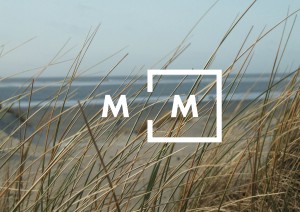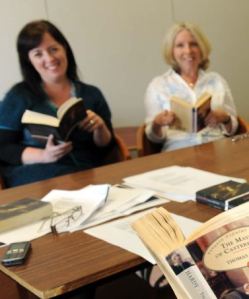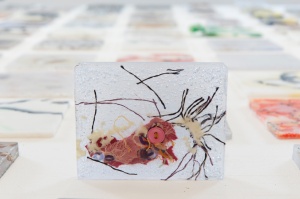For our contribution to the Cultural Value project, the Sidney De Haan Research Centre for Arts and Health and cultural regeneration consultancy Nick Ewbank Associates carried out research in three coastal towns where there has been significant investment in culture-led regeneration in recent years, focusing on the impacts of Turner Contemporary in Margate, the Creative Foundation in Folkestone and the De La Warr Pavilion in Bexhill-on-Sea.
We adopted a mixed-methods participatory action research approach, using mind-mapping, vox pops and focus group discussions with around 300 public participants. We also carried our sixteen in-depth interviews with politicians, cultural leaders, academics, funders and public health experts.
The resulting report, ‘Cultural Value and Social Capital’, found that, despite an intuitive feeling that there is a “connection between cultural activity and feeling good”, health and wellbeing is not currently prioritised as a driver of either programming or outcomes.
The three organisations were found to make a “significant, but at present largely undefined, contribution to social capital and to delivering health and wellbeing in their respective communities”, but outside the specialist field of arts in health practice “this important aspect of cultural value is currently hidden”.
Des Crilley, Chair of Kent County Council’s Strategic Group for Arts in Kent, is quoted in the report as saying: “I don’t think arts and cultural organisations are able to define the impact they are able to make. They don’t trace it and make it visible. It drives me mad! They change someone’s life and they don’t even realise.”
Report Lauch, 16 July 2014. Panel members (Left to Right) Prof Stephen Clift, Helen Goodman MP, Deborah Bull, Sir Peter Bazalgette
We launched the report at a reception at the House of Commons on 16 July 2014. This event included a panel discussion with Prof Stephen Clift (Principal Investigator), Deborah Bull (Culture at King’s, Warwick Commission and AHRC Board), Sir Peter Bazalgette (Chair of Arts Council England) and Helen Goodman MP (Shadow Culture Minister). During the debate Sir Peter said “Fifty percent of local authorities are considering deploying health budget in the arts … it’s about the intrinsic value of the arts first, but to blind yourself to what the [economic and health] benefits are is ludicrous”.
Both Sir Peter and Helen Goodman MP, used the event to call for the health and social benefits of the arts to be systematised, with appropriate funding and measurement tools put in place.
Deborah Bull called for a “progressive research agenda” able to take the long view and not driven by the calls of different “flip-flopping” governments. She added that this will require the higher education sector and the research community to work very closely with the cultural sector.
The report proposes the introduction of guidelines with models of best practice, an idea supported by the three organisations involved in the project, who also said they would “welcome the introduction of simple-to-use evaluation tools that might shed light on levels of wellbeing generated by their everyday activities”. The report also suggests that cultural organisations should do more research into barriers to public engagement with their work, and give more consideration to programming and commissions aimed at “addressing specific health and social issues”.
Both the report and a short film of the House of Commons launch event can be viewed at www.canterbury.ac.uk/Research/Centres/SDHR/CentreNews/AHRC-Report-published.aspx
Or at www.nickewbank.co.uk









